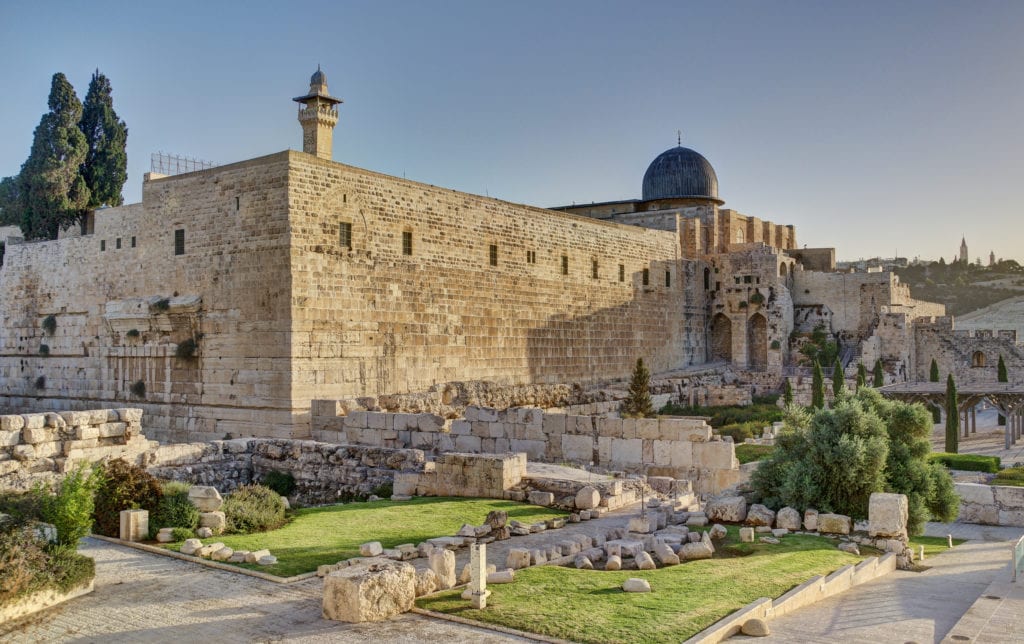
An Old Testament KnoWhy relating to the reading assignment for Gospel Doctrine Lesson 26: King Solomon: Man of Wisdom, Man of Foolishness (1 Kings 3; 5-11) (JBOTL26A). A video version of this article is available on the FairMormon YouTube channel.
Note: Jeff and his wife, Kathleen, have just returned from their mission to the DR Congo. He will be presenting at the upcoming FairMormon 2018 Conference on “Stories of the Saints in the Democratic Republic of the Congo.” This series of Old Testament KnoWhy articles will resume sometime in the first half of August.
Question: Why does “Holiness to the Lord” appear on LDS temples? Was the phrase used on buildings anciently?
Summary:The Wikipedia article on LDS temples asserts that the phrase “Holiness to the Lord” was inscribed “on the Old Testament Temple of Solomon.” However, so far as we know, the phrase was never used as part of any ancient building. It is unique to modern temples. In this article we will address three questions:
- How did the practice of inscribing LDS temples with the words “Holiness to the Lord” begin?
- What was the meaning of the phrase in the Old Testament?
- What is the purpose of modern temples?
The full article may be found at the Interpreter Foundation website: KnoWhy OTL26A — Why Does “Holiness To the Lord” Appear on LDS Temples?
A video version of this article is available on the FairMormon YouTube channel

